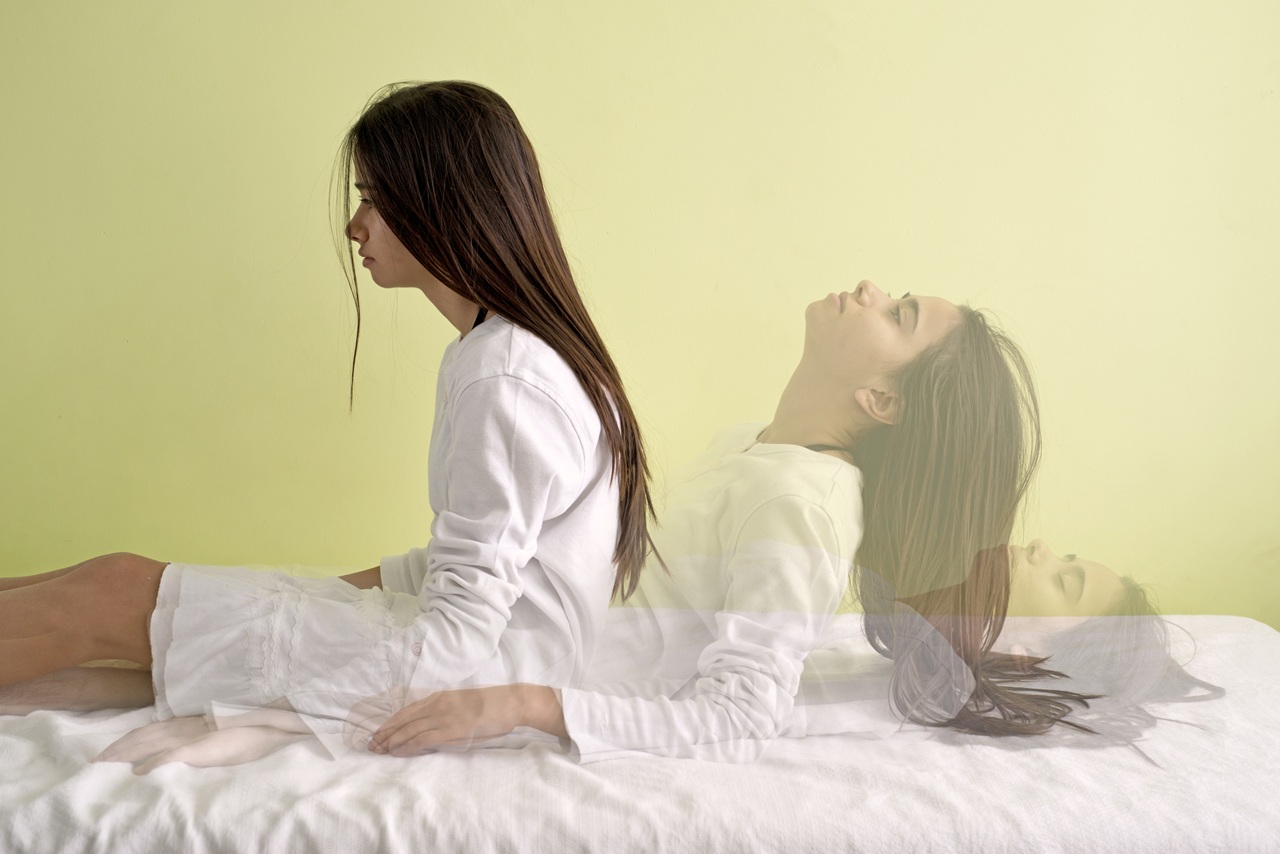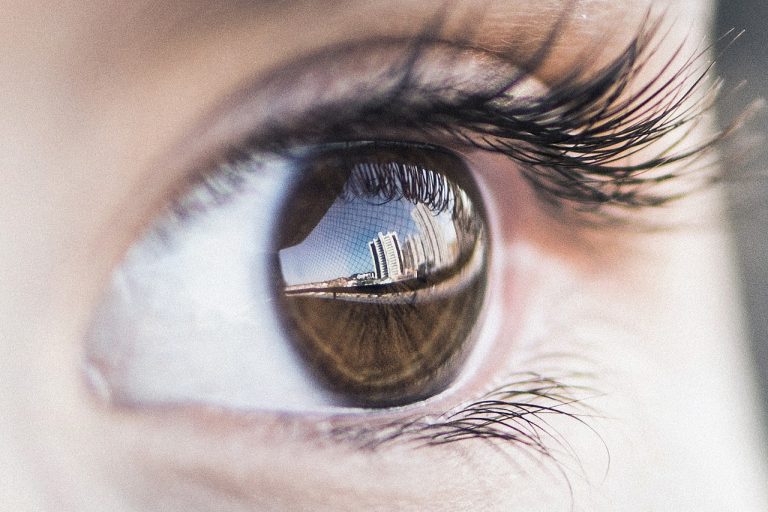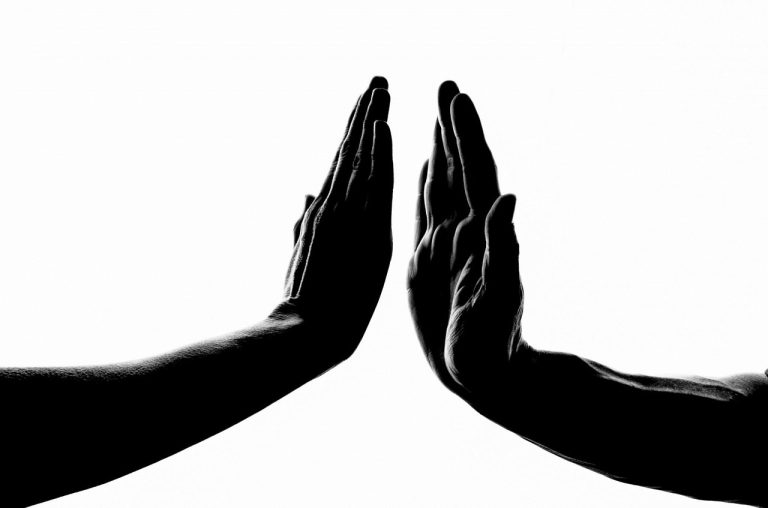An out-of-body experience, or “OBE”, is an event during which a person is able to experience the world around them from outside of their own physical body.
You might describe an out-of-body experience as your consciousness being in one place while your body is someplace else. You feel as though you’re standing beside or even floating near yourself, looking at your own body from some other perspective.
What is an out-of-body experience?
Out-of-body experiences are among the common characteristics of near-death experiences. But they can also result during or near sleep, during or after meditation, or following extreme physical exertion. They can also be artificially induced chemically or through sensory deprivation.
In many cases, people having out-of-body experiences are later able to accurately report events and conversations that happened around them. And this can happen even when their body was physically incapable of seeing or hearing anything. For instance, a person might be unconscious or might not display brain function, but can report the goings on around them regardless.
One famous instance of an out-of-body experience is what led IANDS co-founder Dr. Bruce Greyson into the field of near-death studies and his early interest in near-death experiences. An unconscious patient awoke to report details of a conversation Dr. Greyson had in an entirely different room. There was no scientific explanation for how this person could have known about that discussion.
What causes an out-of-body experience?
We really don’t know what causes out-of-body experiences, despite countless psychological, neurological, and even paranormal theories attempting to explain them. Researchers have been developing scientifically-rooted theories since at least the 1800s. But to date, there hasn’t been a single explanation of out-of-body experiences that accounts for every aspect of them.
Neurological theories include temporary disruptions in brain function, particularly the temporo-parietal junction, or TPJ, a region of the brain involved in body awareness and spatial orientation.
Psychological theories often suggest dissociation—a person disconnecting from their sense of self—though OBEs can occur in calm, meditative states.
In 1887, French physiologist Charles Richet theorized that out-of-body experiences are little more than dreams, created by a person’s memory and imagination processes. French psychical researcher Eugéne Osty made a similar claim in 1930. Others have referred to OBEs as the result of psychological absorption, sleep paralysis, or even hallucination. But none of these attempts at theorizing the cause of out-of-body experiences have covered the necessary bases.
So what’s the answer, then? Simply put, we do not know what causes a person to have an out-of-body experience. At least, not yet.
OBEs across cultures and throughout history
Out-of-body experiences have been described all throughout human history, although the phrase “out-of-body experience” wasn’t coined until the 20th century.
In Ancient Egypt, The Book of the Dead described a part of the soul, the “ba”, which could leave the body and move around freely—especially during sleep or after death. And in Hinduism and Yogic traditions, ancient texts refer to “siddhis”, or spiritual abilities, including “freedom from the body” where someone projects themselves outside their physical form. The Upanishads and other ancient Indian texts also describe states of disembodied awareness during deep meditation or sleep.
The phrase “out-of-the-body experience” was coined in the book Man is Spirit by British researcher J. Arthur Hill. In 1943, British scientist and parapsychologist George Nugent Merl Tyrrell, better known as G.N.M. Tyrrell, shorted the phrase to out-of-body experience, and that slightly easier phrase is the one that stuck with researchers and the general public through the years.
Join IANDS in exploring the extraordinary!
It’s difficult to hear a story about someone’s out-of-body experience and not be met with a sense of curiosity, if not wonder. OBEs challenge our assumptions about the boundaries between mind and body, brain and awareness, self and spirit. And science is still breaking barriers in pursuit of answers to these profound questions.
IANDS continues to explore OBEs, near-death experiences, and other extraordinary phenomena through research, education, and community support. And if you’d like to join us on this journey, please consider becoming an IANDS member, making a tax-deductible donation, or sporting some cool IANDS Swag from our Extraordinary Shop!




